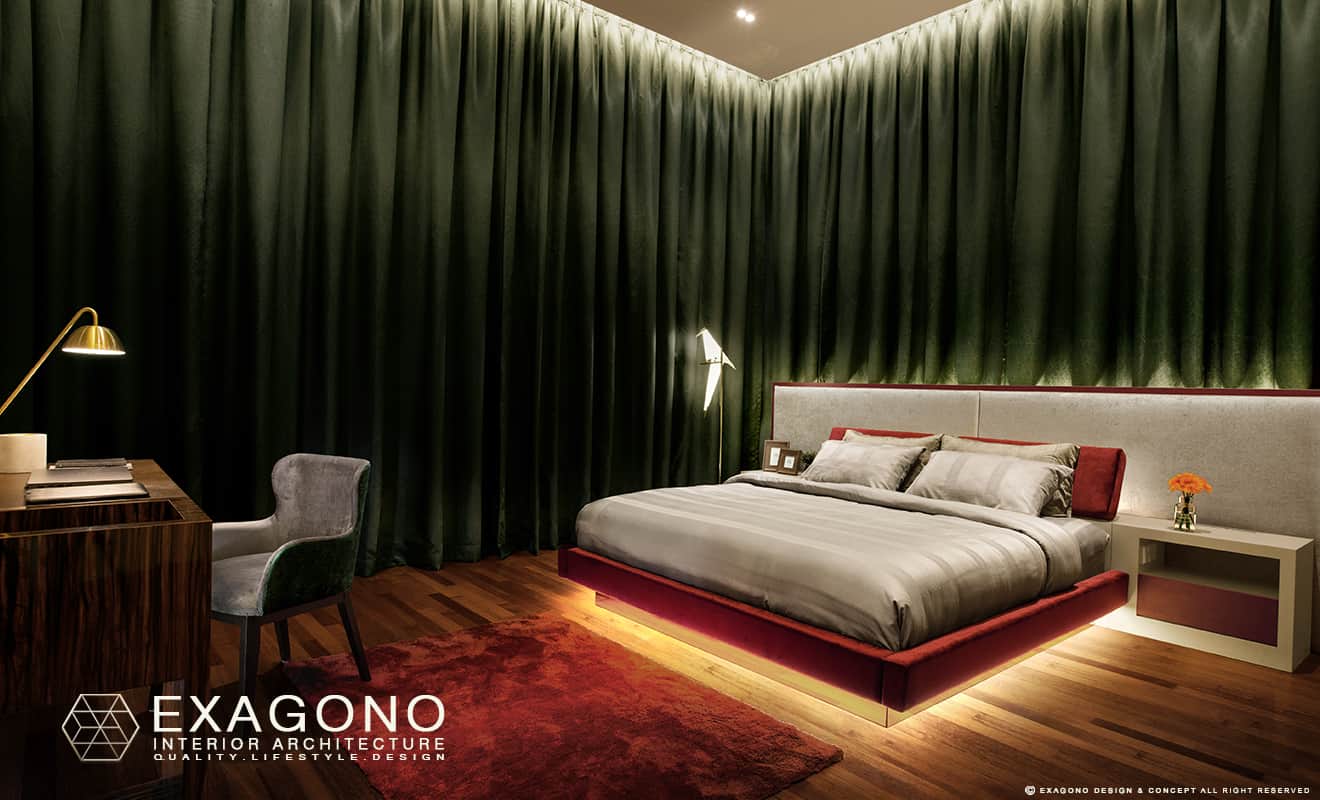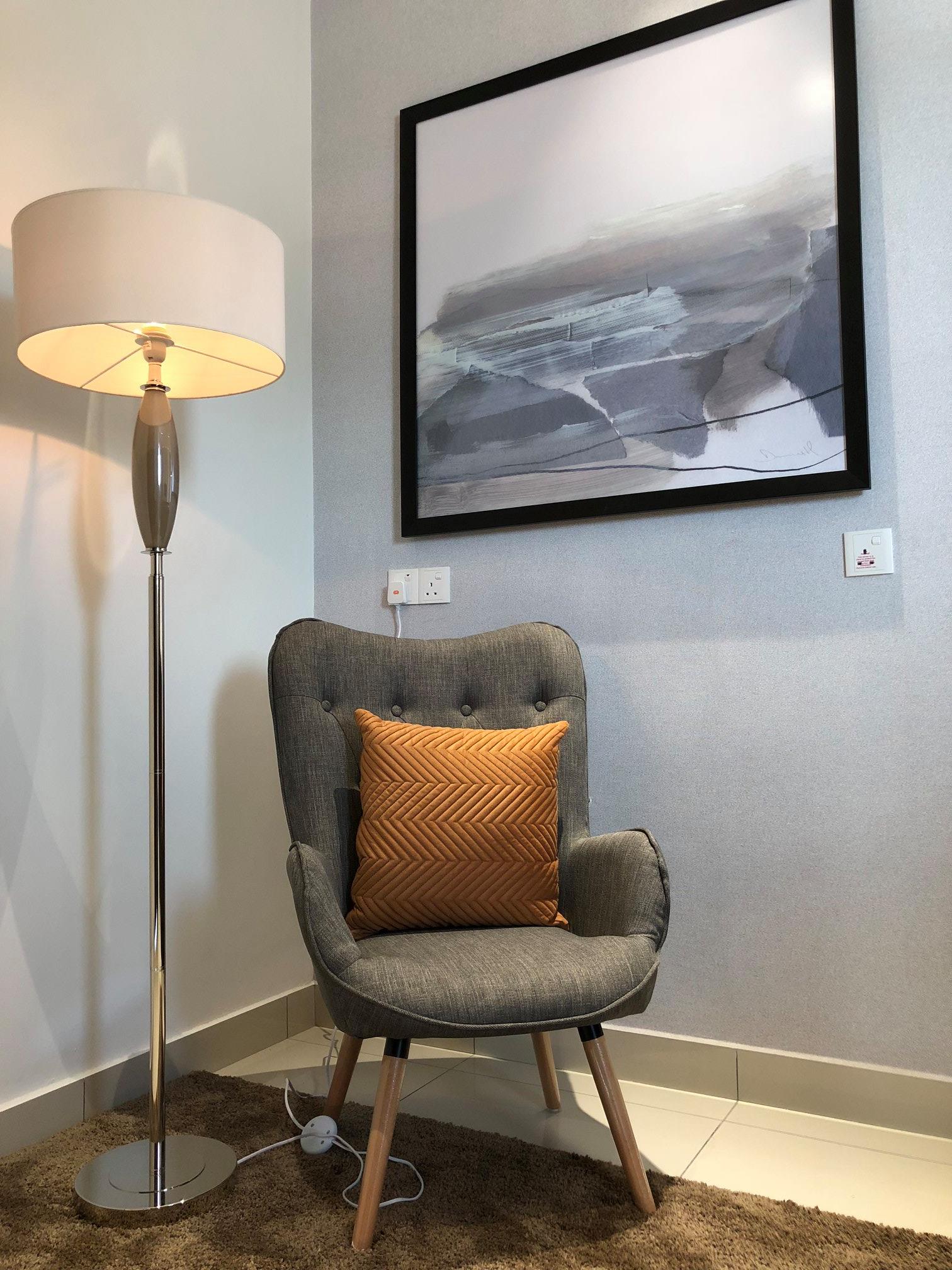How to Choose the Perfect Wardrobe for Bedroom
by Adwords on August 26, 2021
by Adwords on August 26, 2021
Humidity levels in your apartment may damage nearly every type of furniture material, with wood and textiles being the most vulnerable. In humid temperatures, wood swells, which eventually leads to cracking.
Furniture damage is typically irreversible after considerable degradation has occurred.
When humidity levels are high, it's vital to take proactive measures to safeguard the wooden furniture in your home, including the living room rather than responding after the damage has already occurred.
To protect your furniture from moisture, you should take efforts to lower the humidity levels in your house or protect your wooden furniture.
When humidity levels are high, basements and attics are not the best places to keep the furniture. Because these rooms are frequently closed with minimal ventilation, moisture can build up in furniture unnoticed. In the humid season, garages and sheds are also unsuitable storage locations.
These structures are essentially hothouses that enable moisture to accumulate uncontrolled.
If you must store furniture in these places, take precautions to keep it dry. When humidity levels are at their highest, you may want to consider upgrading to enhance your insulation and ventilation for a better balance.
This sort of modification will help protect your home's major wooden structures.
Dehumidifiers that work well can assist to regulate the moisture levels in your house and protect your furniture. The importance of relative humidity cannot be overstated, since erring on either extreme of the spectrum can result in furniture damage.
In a perfect world, your home's humidity level would be between 40% and 60%. Humidifiers or a separate device can be used to monitor the relative humidity in your house throughout the day.
Because dehumidifiers may significantly increase your energy expenses, you may want to consider more passive methods of humidity control. In the long run, it is far more cost-effective to open windows or renovate to create open spaces that allow for greater ventilation.

Eco Botani in Iskandar Puteri Johor
Even in a dry winter, dampness can cause damage to your furniture. It's critical to maintain a constant flow of cold air and prevent exposing the furniture to heat sources. Move furniture away from windows as much as possible so that it is not in the direct line of the low winter sun.
If you use your heating system more in the winter, furniture near vents is at risk of being damaged. In the winter, it is preferable to rely on passive heating through better architecture.
It's a fantastic idea to get pre-treated wood furniture if you're looking for wooden furniture for your interior design. Any major hardware shop, however, will offer you a stain that is designed to resist humidity and moisture damage.
If you don't have the funds to undertake house modifications, this is a cost-effective way to preserve your furniture.
There are coverings available for fabric-based furniture that are specifically intended to provide an additional layer of moisture protection. The advantage of this option is that you only need to use the covers when the humidity is high.
If you must store furniture in an attic, basement, or garage, moisture-resistant coverings will help prevent or at least reduce the risk of damage.

Orange Park in Bukit Mertajam, Penang
Wood and water don't mix well, especially when it comes to outdoor furniture in a rainy environment or if your home's interior floods during the rainy season. However, making wood waterproof by coating the surface with oil is one of the most effective ways to protect it from moisture.
To waterproof wooden furniture naturally, use walnut oil, linseed oil, tung oil, or whatever oil your carpenter advises. However, because the oil tends to yellow with time, which would show up on a lighter tone of the wood, this method is only suitable for darker woods.
Some of your most attractive and expensive furniture are made of wood. Therefore, one of the most essential aspects of ensuring that your furniture lasts for generations is to protect it against humid conditions. It's critical to prevent significant fluctuations in humidity and temperature in your home.
Moreover, wood furniture should not be stored in a basement, garage, or attic because it will be damaged by extreme temperature and humidity fluctuations. It doesn’t matter if you live in a big house or a small apartment, following the aforementioned tips can help your wood furniture stay in the best condition.









